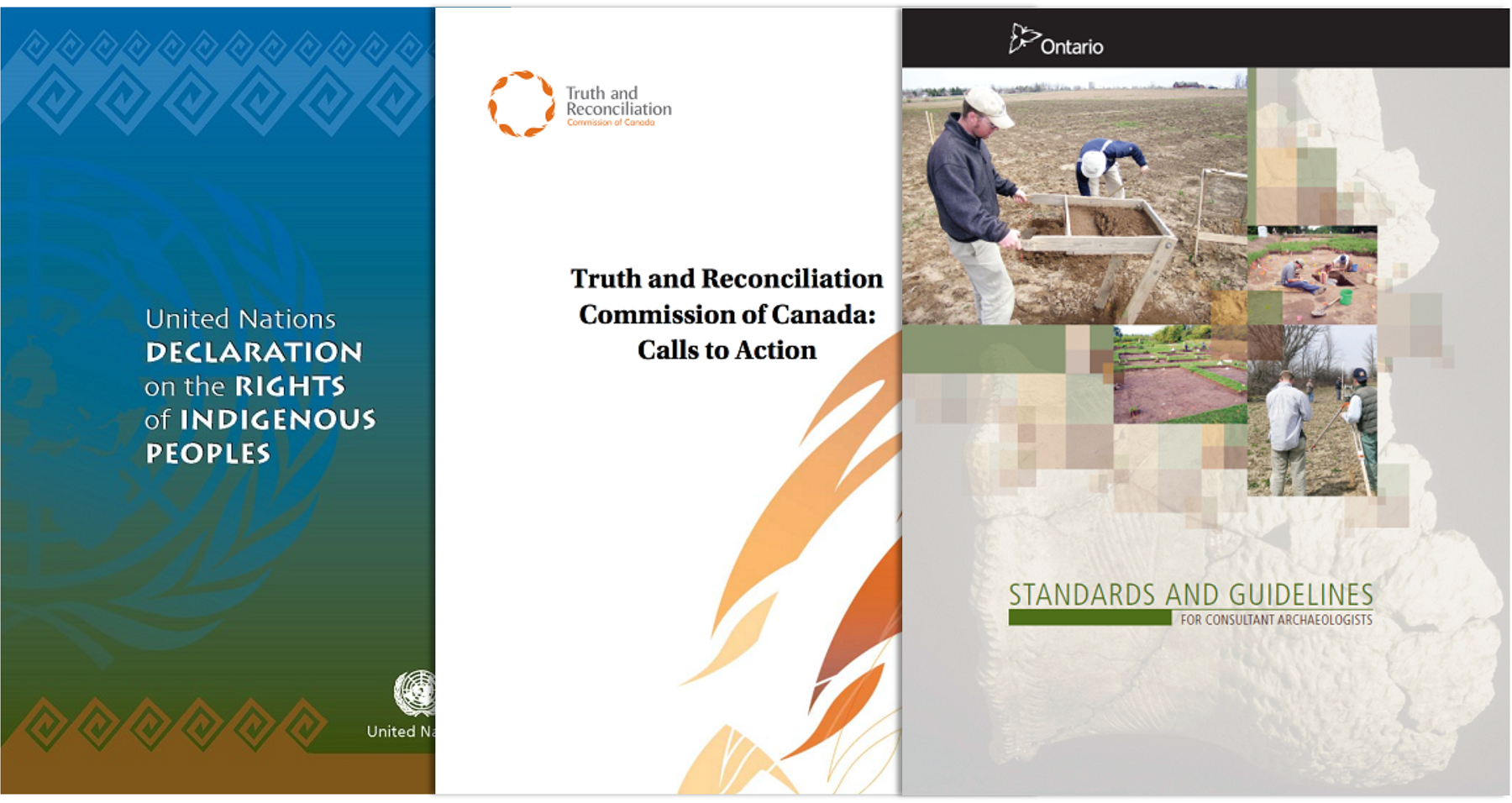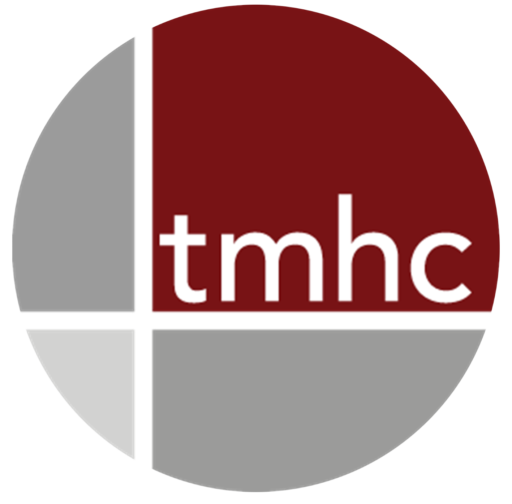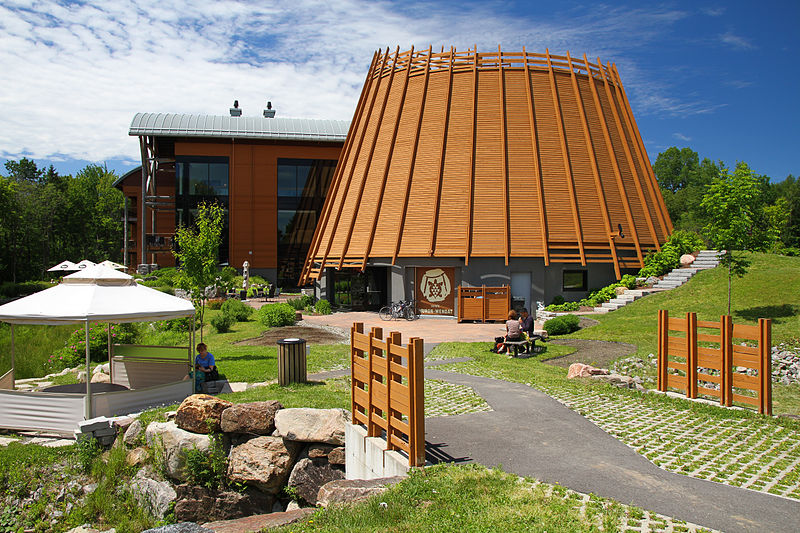National Indigenous Peoples Day
Image Credit: Pierre-Olivier Fortin, Creative Commons Attribution-Share Alike 3.0 Unported
As National Indigenous Peoples Day on June 21 approaches, how the commitments of UNDRIP and the recommendations of the Truth and Reconciliation Commission are reflected in the management of cultural heritage resources is only beginning to be understood in Ontario.
Increasingly, Indigenous communities are developing community specific requirements related to identification, evaluation and mitigation of impacts to cultural heritage. TMHC makes efforts to incorporate Indigenous community input whenever possible. We also encourage our clients to work with Indigenous communities to build respectful, long term relationships.
As consultants, it is the expectation of Indigenous communities that we support their requirements. However, as they are not government requirements, occasionally proponents are reluctant to support meeting them particularly when there is an associated cost with doing so. In addition, not everyone in the cultural resource management industry is supporting or following these requirements in the absence of formal direction from government, creating a competitive disadvantage for those willing to exceed minimum government requirements.
In April 2018, the Mississaugas of New Credit First Nation (MNCFN) became the most recent Indigenous community to issue written protocols for archaeology within its Aboriginal and Treaty Right lands. The MNCFN Standards and Guidelines follow other protocols such as those for Algonquins of Ontario (AOO) (now replaced by Chapter 10 of the Agreement in Principal Algonquin Land Claim), Curve Lake First Nation (https://www.curvelakefirstnation.ca/services-departments/lands-rights-resources/consultation/) and Saugeen Ojibway Nation (http://www.saugeenojibwaynation.ca/about/resources/).
What sets the MNCFN Standards and Guidelines apart is the inclusion of details of their assertions and also notification, policy and technical requirements for archaeology and burial sites within a wide range of development contexts. The new requirements have a wide range of impacts for those wishing to develop within the Aboriginal and Treaty Right lands claimed by the MNCFN. These include:
-
- Notification of projects earlier in the planning approvals process. This could result in more formal consultation being required by the approval authority for the requested development approval due to MNCFN expressions of concern.
- Increased expectations or potential conflicts with other Indigenous communities with overlapping interests including Six Nation Elected Council (SNEC), Haudenosaunee Confederacy Chiefs Council and the Haudenosaunee Development Institute (HCCC & HDI), Oneida of the Thames, Huron-Wendat Nation and Saugeen Ojibway Nation (SON).
- New technical requirements for archaeology to be completed. These technical requirements exceed the minimum requirements of the MTCS and would result in increased costs.
- New requirements for discoveries of burial sites and the Burial Site Investigations under the Coroner’s Act and Funeral, Burial and Cremation Services Act respectively.
- New requirement for MNCFN approval of archaeological collections transfers.
The challenge for those engaged in the management of cultural heritage is working with Indigenous communities to find practical approaches to the management of cultural heritage that meet their needs and those of the development project. It is also to balance the interests of these and other communities.
As we celebrate National Indigenous Peoples Day 2018, government direction is needed in order to ensure that there is a level playing field for those providing services in cultural resource management, and for proponents and approval authorities. As Indigenous communities increasingly assert their rights, with respect to cultural heritage, leadership from Ontario will be key to successfully incorporating Indigenous communities into the process.


